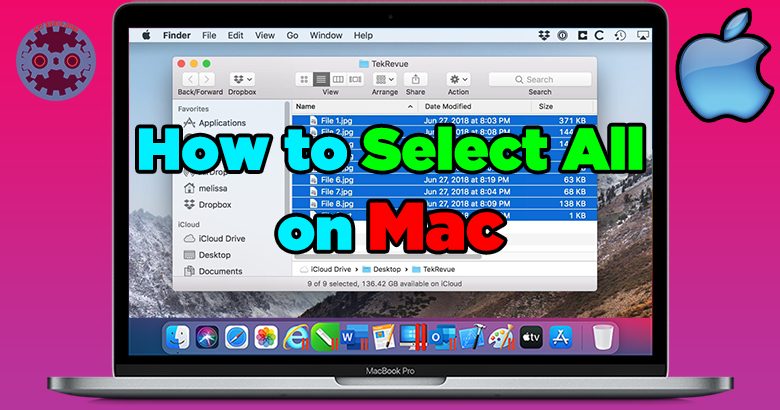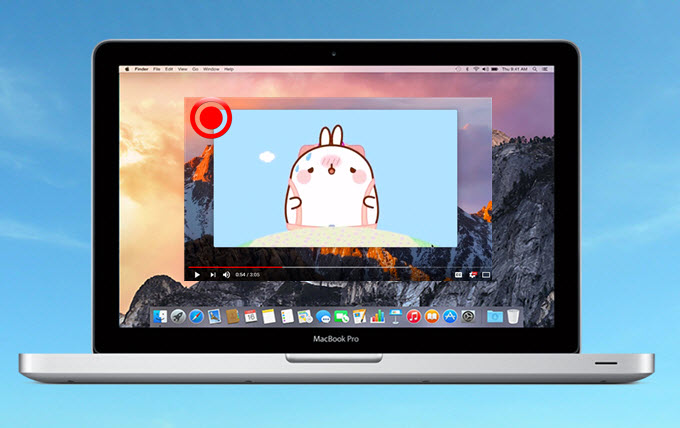Looking to disconnect your phone from your MacBook? We’ve got you covered! In this article, we’ll walk you through the simple steps to separate your phone from your trusty Mac. Whether you need to transfer files, troubleshoot connectivity issues, or simply want to untether your devices, we’ve got the solution for you. So, if you’re wondering how to disconnect your phone from your MacBook, keep reading!
Table of Contents
- 1 How to Disconnect Phone from MacBook: A Step-by-Step Guide
- 2 Frequently Asked Questions
- 2.1 How do I disconnect my phone from my MacBook?
- 2.2 Can I disconnect my iPhone from my MacBook without unlocking it?
- 2.3 What if my phone is not recognized by my MacBook?
- 2.4 Is it safe to disconnect my phone without ejecting it first?
- 2.5 Can I disconnect my phone from my MacBook while it’s syncing?
- 2.6 Do I need to disconnect my phone from my MacBook before shutting it down?
- 3 Final Thoughts
How to Disconnect Phone from MacBook: A Step-by-Step Guide
Are you struggling to disconnect your phone from your MacBook? Whether you want to transfer files, free up storage space, or simply disconnect your devices temporarily, it’s important to know the right steps to ensure a smooth disconnection. In this comprehensive guide, we will walk you through the process of disconnecting your phone from your MacBook, covering different scenarios and providing helpful tips along the way. So let’s get started!
Disconnecting Your iPhone from MacBook
Disconnecting an iPhone from your MacBook is a straightforward process. Follow these steps:
- Unlock your iPhone by entering your passcode or using Face ID/Touch ID.
- Locate the charging cable connected to your MacBook and your iPhone.
- Gently unplug the charging cable from your MacBook’s USB-C or USB-A port.
- Remove the other end of the charging cable from your iPhone.
By following these steps, you’ve successfully disconnected your iPhone from your MacBook. Remember to unplug the charging cable gently to avoid any damage to the ports.
Disconnecting Your Android Phone from MacBook
Disconnecting an Android phone from your MacBook entails a slightly different process. Here’s how you can do it:
- Unlock your Android phone by entering your passcode or using biometric authentication.
- Swipe down from the top of your phone’s screen to access the notification panel.
- Look for a notification that says “USB charging this device.”
- Tap on the notification to open the USB options menu.
- Select the “File Transfer” or “Transfer files” option.
- Return to your MacBook and locate the Android file transfer app.
- Click on the app to open it.
- Within the Android file transfer app, click on the “Eject” button to safely disconnect your phone from your MacBook.
Following these steps will ensure that your Android phone is disconnected safely without any data loss. Remember to eject your phone through the Android file transfer app to prevent any potential corruption or file transfer issues.
Troubleshooting: Common Issues and Solutions
While disconnecting your phone from your MacBook is usually a smooth process, you may encounter some common issues. Here are a few troubleshooting tips to help you resolve them:
Issue 1: Unable to Eject the Device
If you’re unable to eject your device through the usual methods, try the following solutions:
- Restart your MacBook and try again.
- Quit any applications that may be using your phone’s files.
- Ensure that you’ve properly closed all files and applications related to your phone on your MacBook.
- If you’re still unable to eject your device, disconnect the charger cable and wait for a few seconds before attempting to eject again.
Issue 2: USB Connection Problems
If you’re experiencing issues with the USB connection between your phone and your MacBook, try these troubleshooting steps:
- Try using a different USB cable to connect your phone to your MacBook.
- Inspect the USB ports on both your phone and MacBook for any physical damage or debris that may be hindering the connection.
- Update your MacBook’s operating system to the latest version, as newer updates often include bug fixes for USB connectivity issues.
If the problem persists, try connecting your phone to a different MacBook or consult a technical expert for further assistance.
Best Practices for Disconnecting Your Phone
To ensure a seamless and hassle-free disconnection process, keep these best practices in mind:
- Always unlock your phone before disconnecting it from your MacBook.
- Close any applications or files related to your phone on your MacBook before ejecting it.
- Avoid forcibly removing the charging cable from your MacBook or phone to prevent damage to the ports.
- Regularly update your MacBook’s operating system and Android file transfer app to avoid any compatibility issues.
- If you frequently connect and disconnect your phone, consider using a USB hub or docking station to simplify the process.
By following these best practices, you can ensure a smooth disconnection process and maintain the longevity of your devices.
In conclusion, disconnecting your phone from your MacBook is a simple yet essential task. Whether you use an iPhone or an Android phone, knowing the right steps and troubleshooting tips will help you disconnect your devices safely. Remember to follow the best practices to avoid any potential issues. Now you’re equipped with the knowledge to confidently disconnect your phone from your MacBook whenever the need arises.
How To Unsync MacBook From iPhone
Frequently Asked Questions
How do I disconnect my phone from my MacBook?
To disconnect your phone from your MacBook, you can follow these steps:
Can I disconnect my iPhone from my MacBook without unlocking it?
No, in order to disconnect your iPhone from your MacBook, you will need to unlock it first. This is a security measure to ensure that only the authorized user can disconnect the device from the computer.
What if my phone is not recognized by my MacBook?
If your phone is not being recognized by your MacBook, you can try the following troubleshooting steps:
1. Make sure your phone is unlocked and the screen is on.
2. Check the USB cable connection for any damage or loose connections. Try using a different cable if possible.
3. Restart your phone and MacBook.
4. Update your iPhone to the latest iOS version.
5. Try connecting your phone to a different USB port on your MacBook.
If the issue persists, you may need to seek further assistance.
Is it safe to disconnect my phone without ejecting it first?
No, it is not recommended to disconnect your phone from your MacBook without properly ejecting it first. Safely ejecting the device ensures that all data transfers and processes are complete, minimizing the risk of data corruption or loss.
Can I disconnect my phone from my MacBook while it’s syncing?
No, it is recommended to wait until the syncing process is complete before disconnecting your phone from your MacBook. Disconnecting the device during a sync may cause data inconsistencies or incomplete transfers.
Do I need to disconnect my phone from my MacBook before shutting it down?
It is not necessary to disconnect your phone from your MacBook before shutting it down. However, if your phone is actively syncing or transferring data, it is best to wait until those processes are complete before shutting down your MacBook.
Final Thoughts
To disconnect your phone from your MacBook, there are a few simple steps you can follow. First, unlock your phone and navigate to the settings menu. Look for the option that says “Connections” or “Bluetooth.” Tap on it to open the Bluetooth settings. Find your MacBook’s name on the list of available devices and tap on it to initiate the disconnection. Confirm your action and your phone will disconnect from your MacBook. You can now use your phone independently without any connection to your MacBook. Disconnecting your phone from your MacBook is quick and easy, allowing you to enjoy the benefits of using your phone separately.

